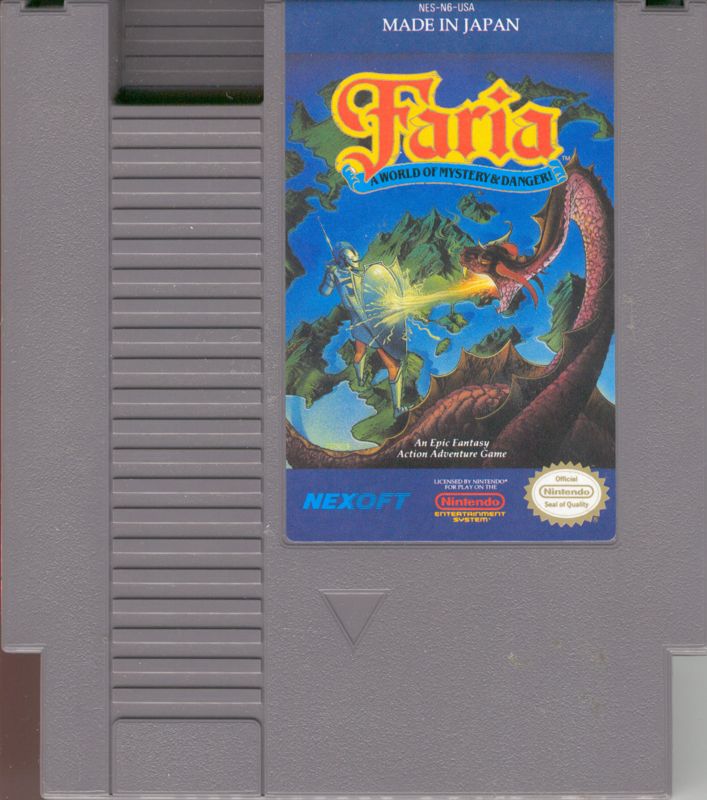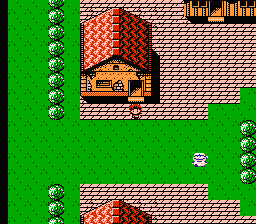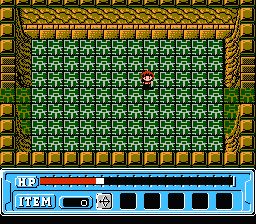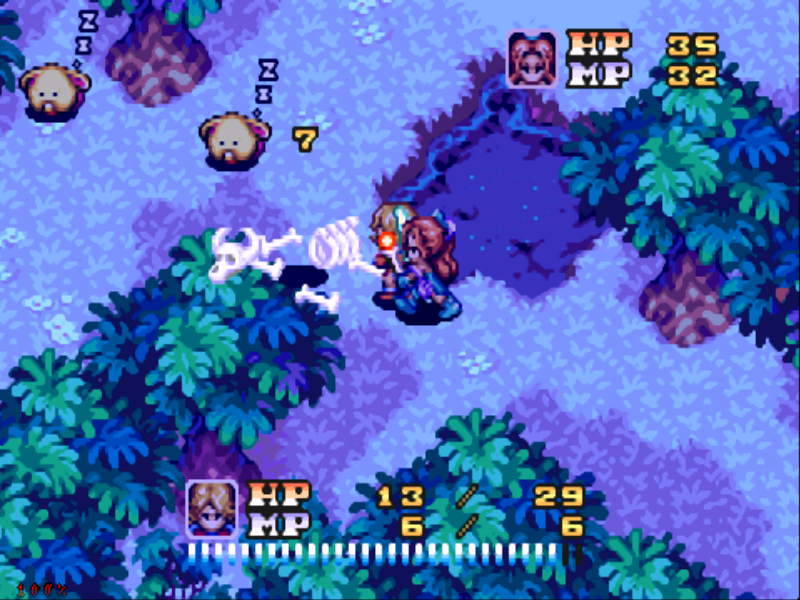Developer: Game Arts
Publisher: Nexoft
Release Date: June 1991
It’s interesting to play through lesser-known NES games, because with each passing year they continue to get more obscure. The NES is starting to get really old. Its last significant year was maybe 1992. That’s 32 years ago! It’s amazing that people remember any of the games from it, let alone unpopular ones. I think that’s why so many mediocre games end up on best of lists. There are over 750 games, and even in the age of emulation people probably aren’t going to dig too deep. If people think of top-down action RPGs on the NES they are probably thinking about Crystalis. It’s certainly the best example not only because it’s a good game but because it’s still affordable. Faria is much rarer, and of course in this decade even games with the slightest rarity have skyrocketed in price. However, I think it’s worth playing. It gets bad reviews around the internet, but I can’t figure out exactly why. I suspect it’s because they want it to be Crystalis or Zelda 2. However, it’s just Faria, but I don’t think being Faria is such a bad thing.
I mean, what’s not to like? It’s not like it’s too short or too easy. It has a large world to traverse with plenty of towns and dungeons. It has a nice bright color palate and graphics that set off my nostalgia detectors. It certainly feels more like a turn-based game than most other NES action-RPGs. It has the traditional town-field-dungeon setup that is so common in turn bases game. On the overworld there are random encounters that pull you into a different screen. The combat screens are usually dotted with trees giving you some feeling of strategy. You can’t just stand in one spot and swing your sword. Yeah, it’s fine. I never dreaded having to fight another battle. They are fast-paced and never take too long. In dungeons the random encounters go away, and monsters appear on screen. It works pretty well honestly, and it’s probably a good thing too because going through so many random encounters in a dungeon would seriously slow the game down.
The major dungeons are large and confusing. This could be one drawback if you’re playing on original hardware because you can only save in towns. This can lead to some long dungeon sessions. Luckily if you die you are teleported back to town with only some money missing. This makes the dungeons more fun than frustrating. They are large and elaborate and would probably be fun to map. If you like epic boss battles, however, this is probably not the game for you. Levels are gained fairly quickly, so if you are like me and enjoy grinding for better gear than none of the bosses pose most of a challenge. They are mostly slow-moving lumps that require only a few hits. It’s unusual to have a game with such difficult dungeons and easy bosses. Still, getting to the bosses is enough trouble, so I didn’t really need epic battles. Overall, the dungeons were fun, and I did see some reviewers praise them.
The gripes I have with Faria are pretty standard for 8-bit games. Accumulating money takes longer than it should because enemies randomly drop gold. It’s not like a standard RPG where gold is gained from every monster. Also, if you kill the final monster on an overworld screen you might miss a money bag before the screen changes. Caves are more infuriating than they should be because your flashlight only shines a tiny space around you. Also, the flashlight’s battery can die leaving you pretty much stranded. You can buy wings to travel to different towns, but of course not all towns have them. This is a recurring annoyance in older RPGs. By the Super Nintendo era most towns would have all normal items. It is a bit of a pain in Faria especially since overworld movement is a bit slow. None of the flaws hurt the experience that much though. There were a few things that slowed the game down, but if you’re a fan of 8-bit RPGs it’s nothing new. In a way it adds to the charm.
So, I really am scratching my head a bit. I had a good time with Faria. It’s no masterpiece, but I was glad to play it. It’s easily going into the good section at #33. That puts it at #12 on the NES specific list. It’s splitting up Clu Clu Land and Balloon fight. You can tell I love RPGs and old arcade games because I tend to rate them higher than most people would. I’ve purposely been avoiding many of the great NES games, so the fact that I’ve played 21 good ones so far bodes well for the console overall. There really is a lot of fun to be had on the NES, even so far into the 21st century. Hey, the classics never go out of style.
NES Quality Percentage: 21/37 or 56.75%






